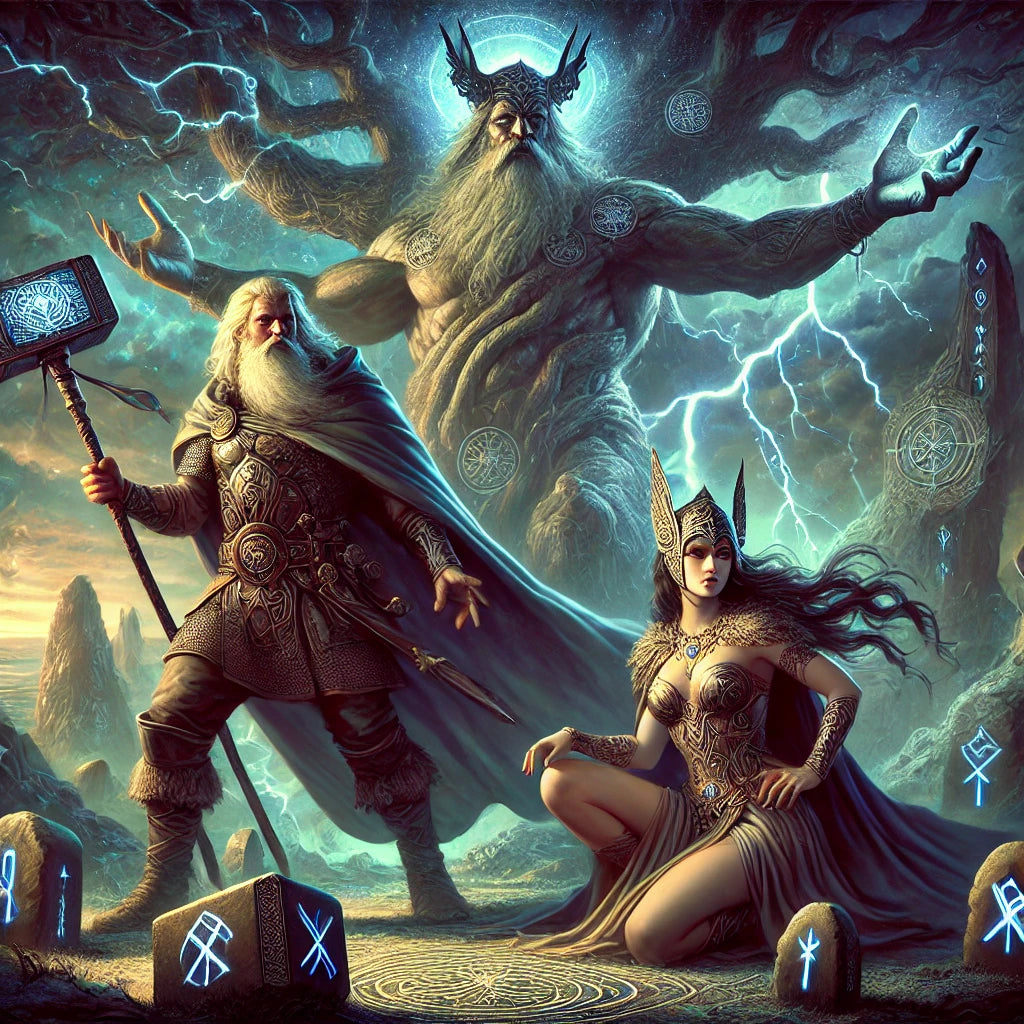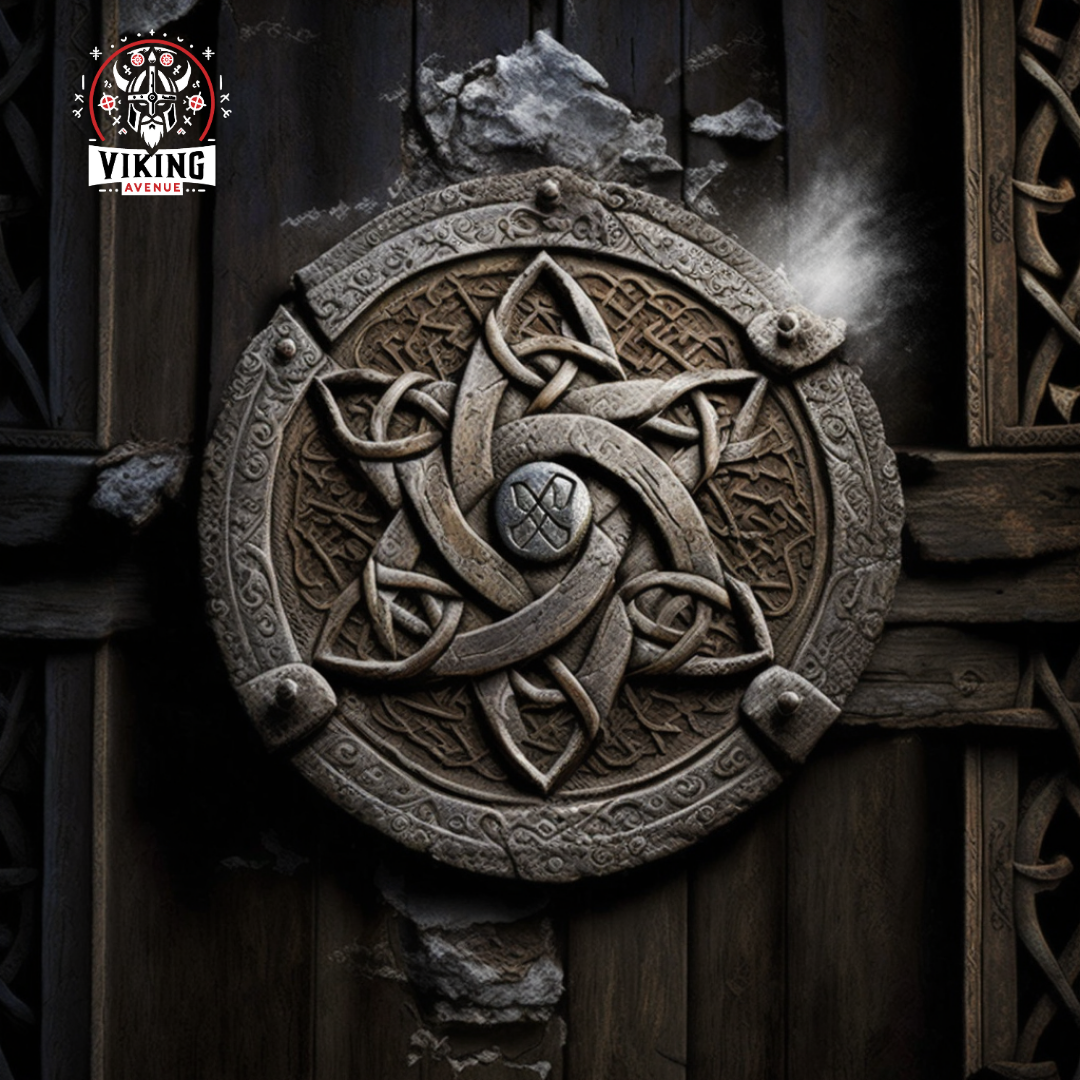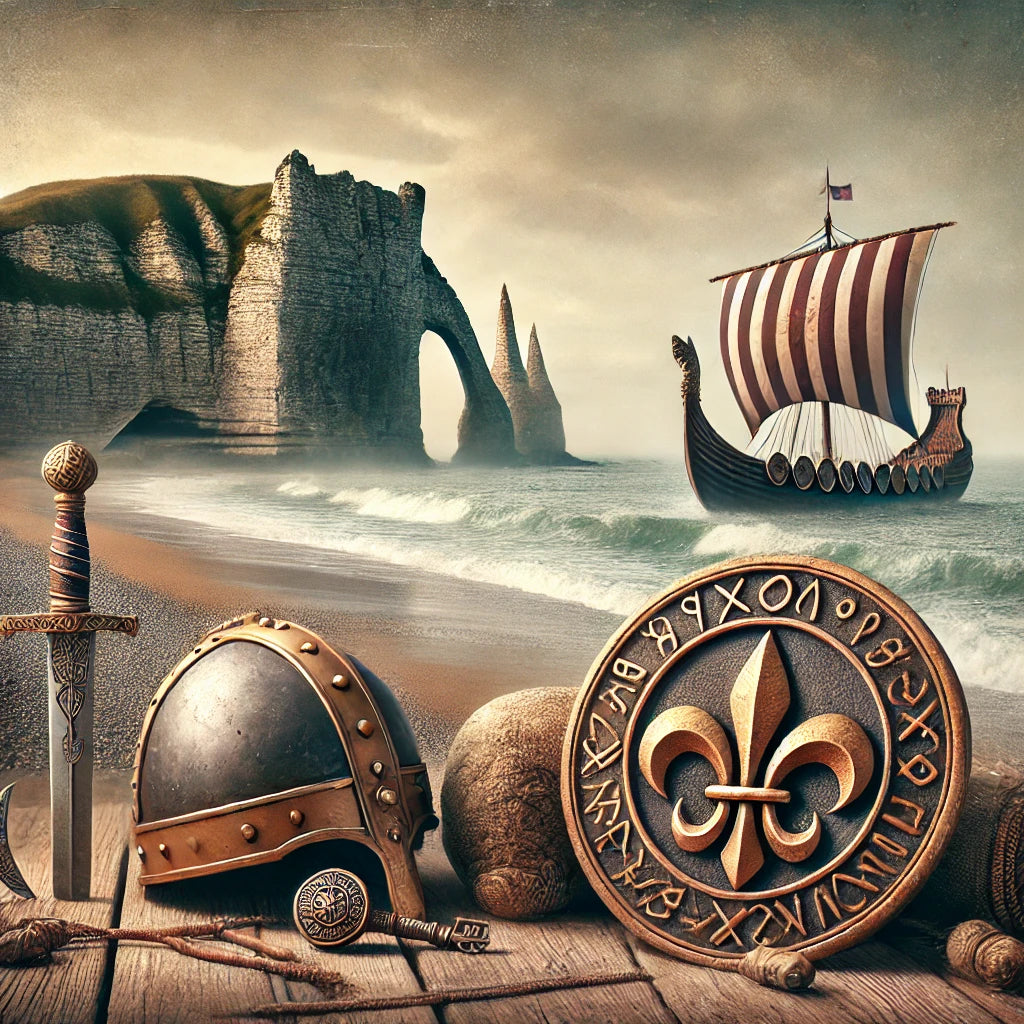
The Vikings: History and Cultural Impact in France
The Vikings had a profound impact on Viking history in Europe, especially in France, from 800 to 1100. This period is known as the Viking Age . They plundered but also built cities and formed ties with local peoples. Their navigational expertise changed the maps of the time.
Their influence on France is still visible today, in its language, law, and popular culture.
Key Points
- The Vikings influenced various aspects of culture, language, and governance in Europe.
- The Vikings established trade routes connecting Northern Europe with the Mediterranean, Asia, and the Middle East.
- The term "Viking" comes from the Old Norse "víkingr," meaning "pirate" or "plunderer."
- The English language bears traces of Viking influence through words, grammar, and place names.
- Viking ships could reach speeds of 15 to 17 knots in favorable conditions.
The expansion and influence of the Vikings in France
The Vikings left their mark on European history and culture. Their presence in France had a significant impact.
The first incursions and colonizations
Their adventure began with the raid on Lindisfarne Abbey in 793. The warrior Vikings then attacked the northern coasts. Their colonization culminated in the establishment of the Viking Colony in Normandy in 911.
Impact on local language and culture
The Vikings influenced the French language and culture. Many words of Norse origin are still used today. Their influence also helped develop local democracy.
Merchant districts and trade routes
The Vikings were great traders. They established trade networks across Europe. Their Viking trade routes facilitated the exchange of goods and cultures.
| Period | Event |
|---|---|
| 793 | Raid on Lindisfarne Abbey |
| 840 | Founding of Dublin by the Norwegian Vikings |
| 911 | Colonization of Normandy by Danish Vikings |
Viking Culture and Mythology
Viking culture is rich and complex. It blends Norse mythology , crafts , and religious practices . The Vikings excelled in seafaring, agriculture, and trade. Their culture displays diversity, from metal crafts to mythology.
Norse mythology and its deities
Norse mythology was essential to the Vikings. They believed in Viking deities like Odin and Thor. Each god had different roles and powers.
The stories of these gods were told through poems. They showed their importance and the challenges they faced. Ragnarok, a mythological war, shows their worldview.
Viking Crafts and Technologies
Viking craftsmanship was known for its quality and innovation. Craftsmen created silver jewelry and weapons. Their expertise demonstrates their ingenuity and creativity.
The Vikings were also skilled in shipbuilding. Their ships, such as longships, could travel long distances. This allowed them to trade and conquer new lands.
Religious practices and rituals
Viking religious practices were a key part of their lives. They worshipped pagan gods through open-air ceremonies. These rituals included animal sacrifices and chanting.
Parliamentary assemblies demonstrated their respect for justice. They strengthened social cohesion. These rituals were essential to their community.
Conclusion
The Vikings left a powerful legacy in France and Europe. They came from Sweden, Norway, and Denmark. Their voyages, trade, and settlements changed history.
Their ship, the longship, was very powerful. It could carry up to 60 men. This helped them explore and colonize new lands.
Their influence extends beyond conquests. It affects culture and language. Their language, Old Norse, gave rise to English, Danish, and Icelandic.
Their mythology is also fascinating. They believed that souls lived on in animals and plants. This shows a rich and complex culture.
Figures like Ragnar Lodbrok, Rollo, Harald Hardrada, and Leif Erikson are famous. Leif Erikson was the first European to enter America, before Christopher Columbus.
The Viking legacy is visible in the remains and stories. But their influence is also present today.
The Viking Age shows how exploration and trade can change a society. Viking ships and their legacy continue to mark European history.
FAQ
What period does the Viking Age cover?
The Viking Age lasted from the 8th to the 11th century.
What were the main territories colonized by the Vikings in France?
They colonized Normandy in particular.
How did the Vikings influence the French language?
They brought many words to the French language.
Who were the main deities of Norse mythology?
Odin, Thor and Freyja were very important.
What were the main crafts of the Vikings?
They made jewelry, axes and ships.
How did the Viking raids into Europe take place?
They started with raids, then colonized and traded.
What are some examples of cities founded by the Vikings?
Dublin, York and kyiv were founded by them.
What is the origin of the word "Normandy"?
"Normandy" comes from the "men of the North", or Vikings.
How important were Viking ships?
Ships were key to their travels, raids and trade.
What were the religious rituals practiced by the Vikings?
They celebrated their mythology and paid homage to the gods.
How did Viking parliamentary assemblies, or "things," influence modern societies?
The "things" valued debate and justice, influencing democracies.
What were the important trade routes for the Vikings?
They created routes from Western Europe to Byzantium.
How advanced were Viking navigation techniques?
Their expertise redefined the maps and influenced future generations.
Who are the famous Vikings?
Viking history is rich in iconic figures who left their mark on their era. Famous Vikings include Ragnar Lothbrok, the legendary warrior whose exploits were immortalized in the television series "Vikings." Known for his bravery and military strategy, Ragnar became an iconic figure in Viking culture.
Another famous Viking is Erik the Red, the intrepid explorer who founded the colony of Newfoundland in Canada. Known for his flaming red hair, Erik the Red was the first Viking to explore the North American coast, long before Christopher Columbus.
The Vikings are also renowned for their sophisticated and efficient ships. The famous Viking ship, the Longship, is the ultimate symbol of their dominance at sea. Thanks to its elegant shape and ability to navigate in shallow waters, the Longship enabled the Vikings to lead expeditions and explore new territories.
In short, Viking history is full of famous figures such as Ragnar Lothbrok and Erik the Red, who left their mark on their era with their exploits and courage. Their legacy continues to fascinate Viking history and culture enthusiasts around the world, as do their impressive ships, which were a symbol of their dominance at sea.
